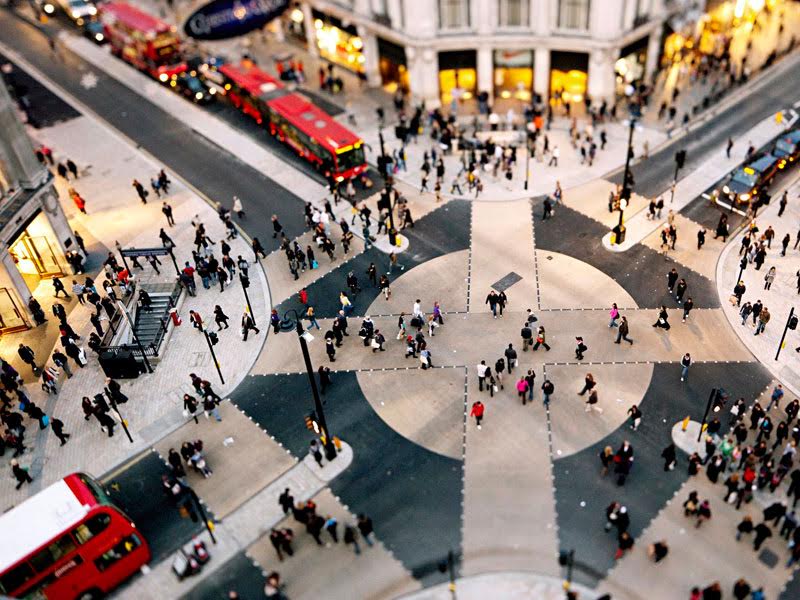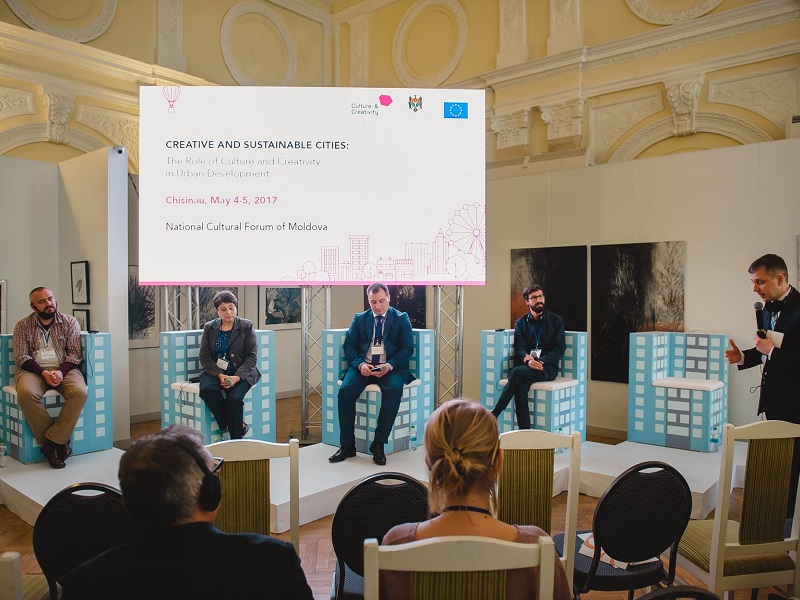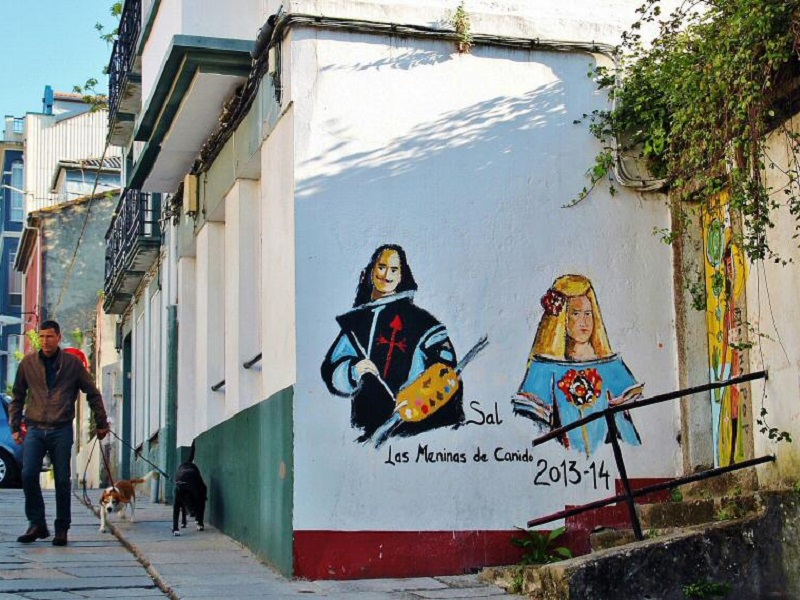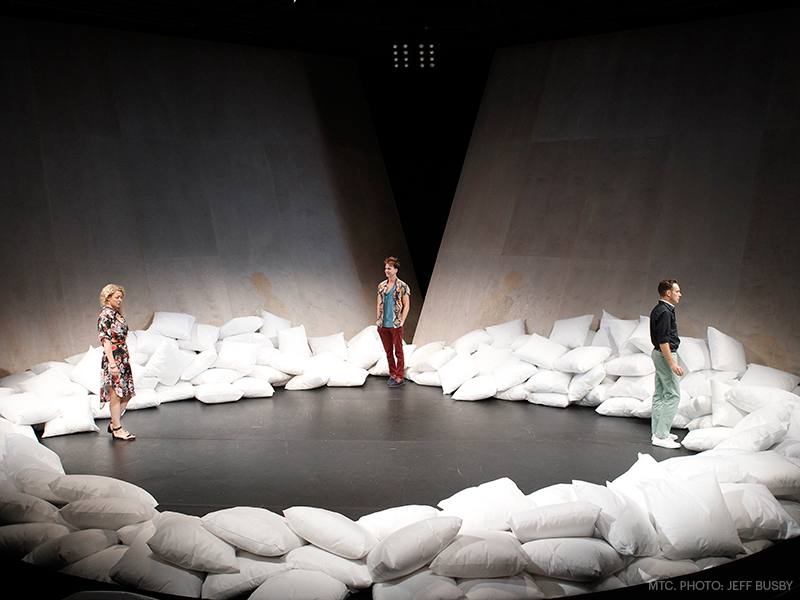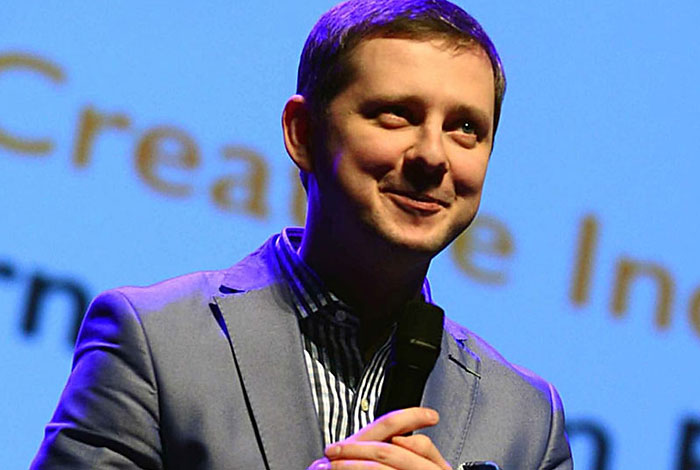
8 THOUGHTS ON THE DEVELOPMENT OF A CULTURE'S CREATIVE POTENTIAL
1. Creativity is a phenomenon of the open world of mobile people and active international cooperation.
2. A link between creativity and innovations is important, since innovations are not only new ideas or services, but, first and foremost, a creative environment where fundamentally new systems emerge.
3. A new generation of creative people aspires to be happy and to make the surrounding world understandable by intuition. In this regard, a creative economy is an economy of the future.
4. Pursuit of direct capitalization of cultural phenomena is considered obsolete. Culture is a “between things” value. It relates to identity, connections between people and the environment: here we deal with feelings, expression, and various experiences.
5. People are gradually shifting their attention from material wealth to collecting emotions. And this is exactly the need which creative business works with.
6. Every country’s fortune lies at the personal level. Nearly always there are different points of view regarding how to preserve and/or develop one or another phenomenon, whether in culture or, say, in the electric power industry. At that, there are also many ways to find an optimal solution.
7. There are two best things any government can do: the first one is financial, legislative, and organizational support of feasible initiatives and ideas of the creative community (although it’s not a matter of big money to be given, but rather of more efficient use of funds already available). The second thing is provision of a physical space for implementation of such initiatives.
8. Preservation of culture must, invariably, be innovative. That being said, it’s important to remain flexible enough to change and to avoid contradictions with time.
*Ragnar Siil is the coordinator of the European Commission expert group on development of cultural and creative industries. In 2009 he was one of initiators of the Creative Estonia programme; from 2011 to 2013 he headed a working group on elaboration of the Estonian culture development strategy. In 2014 he, together with his colleagues, founded the Creativity Lab consulting company, the clients of which are both private businesses and governments from many countries around the world.

